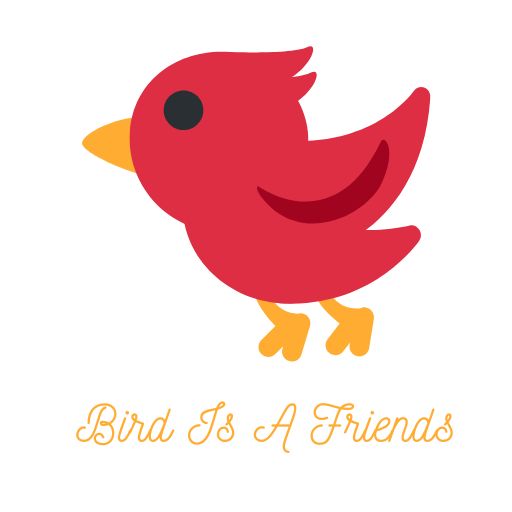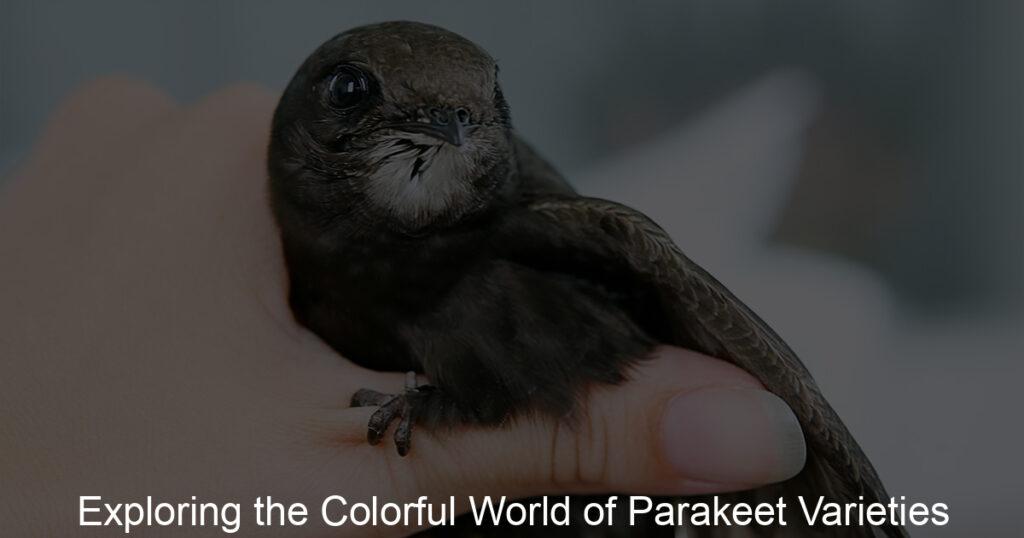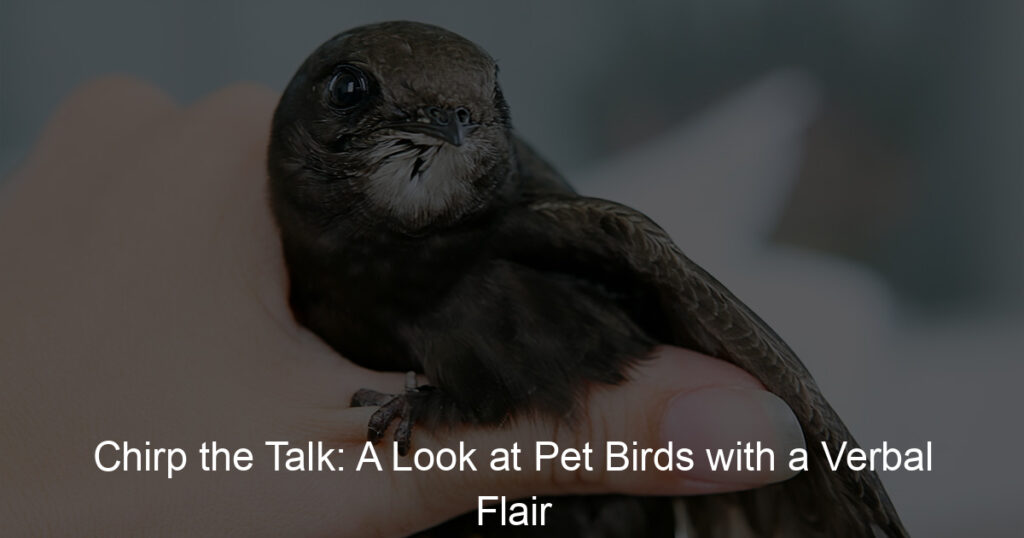It can be tough to decide which type of indoor pet bird cage is best for your feathered friend. There are so many different options on the market, and it can be hard to know which one will suit your birds needs the best.
In this blog post, we’ll take a look at the different types of indoor pet bird cages available, and help you choose the perfect one for your pet bird.
What type of birdcage is best?
When deciding which type of bird cage is best, there are two major qualities to consider: size and material. The size of the bird cage should be determined by the size of your pet bird; too large of a cage may lead to wasted space and behavior issues, while too small can cause permanent physical damage.
The material is also a very important factor when selecting a bird cage; plastic cages are generally easier to clean than metal cages, but they often come with fewer bells and whistles such as perches and ladders.
Additionally, well-ventilated metal cages tend to have better airflow since plastic closures trap bacteria and odors more easily over time. Whichever type of bird cage you select, make sure to provide plenty of adequate perches for resting, toys for amusement, and food bowls for nourishment.
How do I choose a birdcage?
Choosing the right bird cage is an important decision for any pet bird owner. It should be large enough to accommodate your bird’s size and provide plenty of room in which they can move and fly around. Additionally, it should fit aesthetically with your home and lifestyle, as it will often occupy a prominent place among your furniture.
Be sure that the cage you choose has plenty of space so the bird can stretch its wings, an easy-to-clean food dish, and chew-resistant bars. It should also provide enough space so your pet can exercise their natural behaviors while avoiding hazardous materials like zinc or lead that could be potentially toxic.
Ultimately, finding one that meets all these criteria requires thoughtful consideration but will be worthwhile in ensuring a happy and healthy environment for your feathered friend.
Is a bigger cage better for birds?
When it comes to housing our feathered friends, many people are of the opinion that bigger is better. It makes sense; with a larger cage, there is more room for a bird to explore, stretch its wings, and generally enjoy having more space.
But before immediately investing in the largest cage possible, one must bear in mind that too much space can lead to behavioral issues such as feather plucking or pacing – both of which can create stress on the bird itself.
Therefore, it’s important to consider how much available activity and exercise space your particular breed of bird requires and then provide enough room for them to happily live in. With some careful contemplation about the needs of your avian friend and proper maintenance, you’ll likely find that a bigger cage is indeed better for birds!
What cages are best for love birds?
When selecting the best cage for your lovebirds, consider their size and the amount of time they will spend in the cage each day. A basic birdcage should measure at least 18 inches by 18 inches, with heights of 24 to 36 inches being ideal.
In addition, make sure that the metal bars are spaced no wider than 1/2 inch apart as wider spacing allows birds to escape or get stuck. It is also important to ensure that the corners of the cage have no sharp edges which can injure or even kill a small bird.
Placement of the cage is also another major factor; try to avoid placing it near air conditioners, drafts, or direct sunlight which can put your beloved birds in an uncomfortable environment. With proper selection and placement, you will be able to provide a safe and comfortable habitat for these lovely creatures!
What are the four types of cages?
Cages are an essential part of caring for animals, whether as a form of containment within a home, or for research and rehabilitation within larger institutions. Depending on their purpose, cages have many different shapes and sizes to accommodate their inhabitants, with the four main varieties being aviaries, residential, rescue/rehabilitation, and laboratory animal cages.
Aviaries are created to protect small birds or other flying animals by providing an outdoor enclosure that allows them to move freely while giving protection from predators or extreme weather conditions. Residential cages can vary greatly in size and style depending on the pet and its needs; they should ensure safety as well as be comfortable and provide entertainment. Rescue and rehabilitation cages are made with extra consideration since they often hold injured or ill animals that must be strictly regulated and monitored with regard to temperature control and hygienic restrictions.
Finally, laboratory animal cages need to take into account the specific health requirements of their occupants to prevent any contamination or further illness through rigorous cleanliness standards. With so many types of habitats needed for the various species among us, it goes without saying how important each type of cage truly is!
What is the most popular caged bird?
The most popular caged bird is undoubtedly the parakeet, also known as the budgerigar. These small, colorful birds are extremely easy to keep because they require minimal space and cost only a fraction of what larger birds may demand. Parakeets are known for their bright feathers, playful personalities, and ability to mimic human speech.
Furthermore, they tend to be low-maintenance creatures that provide years of love and entertainment to owners who are willing to give them proper care and affection. If you’re looking for an easily managed companion bird, parakeets may be just what you’re looking for.
Wrapping Up
Ultimately, selecting the best pet bird cage for your feathered friend is not easy, as the type of bird cage you choose will depend on many factors. It’s important to take into consideration the species of bird that you own, the size of your home, and available space to determine which type of indoor pet bird cage is best.
However, if you don’t know what type of bird cages would be suitable for your particular avian friend, it’s highly recommended that you ask a trustworthy source such as a local breeder or avian veterinarian for advice.
The most important thing is to make sure that you are providing your pet birds with an appropriate living environment; after all, a happy and healthy bird makes for a happy and contented owner. Thank you for taking the time to read this blog post and learning more about different types of indoor pet bird cages!








